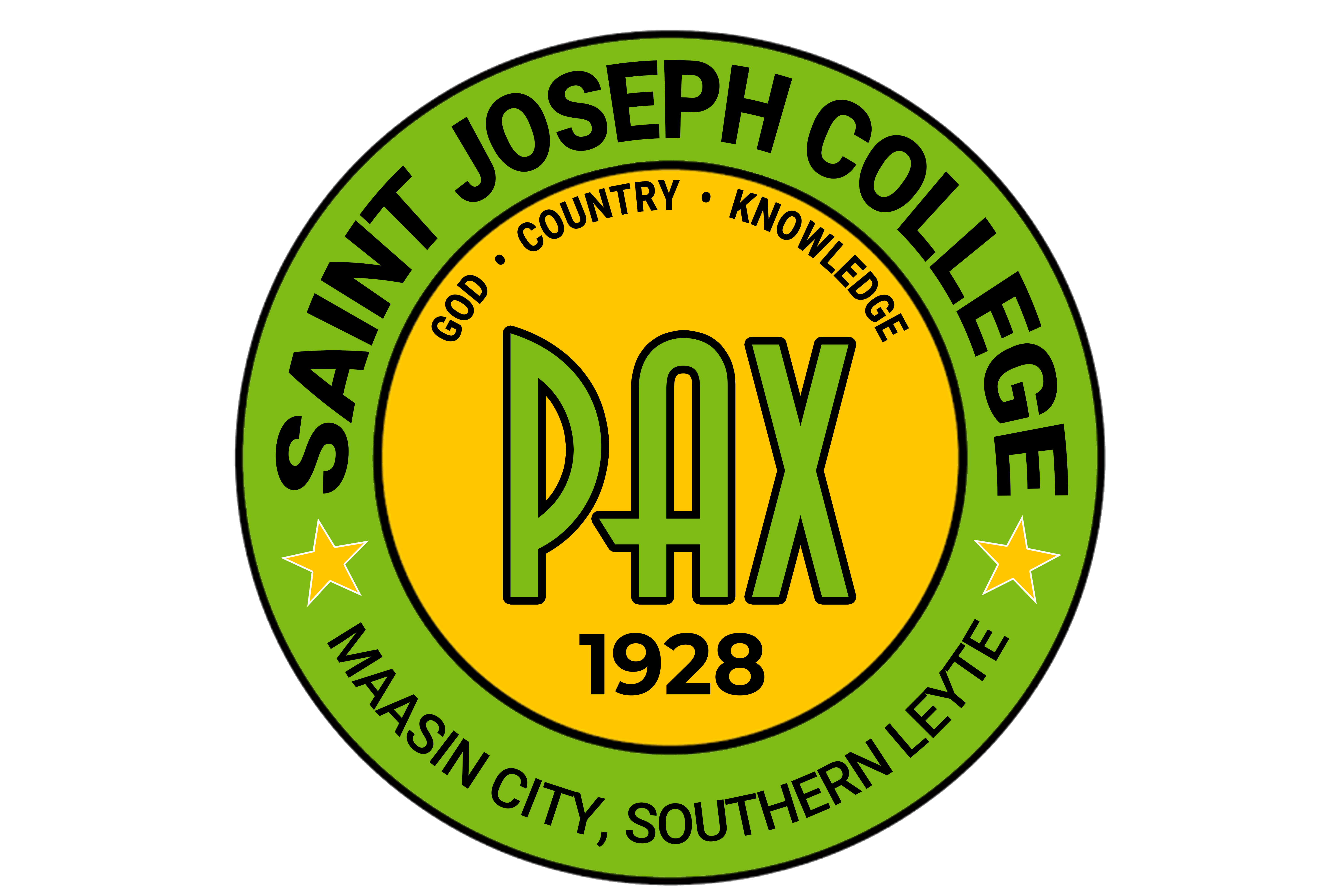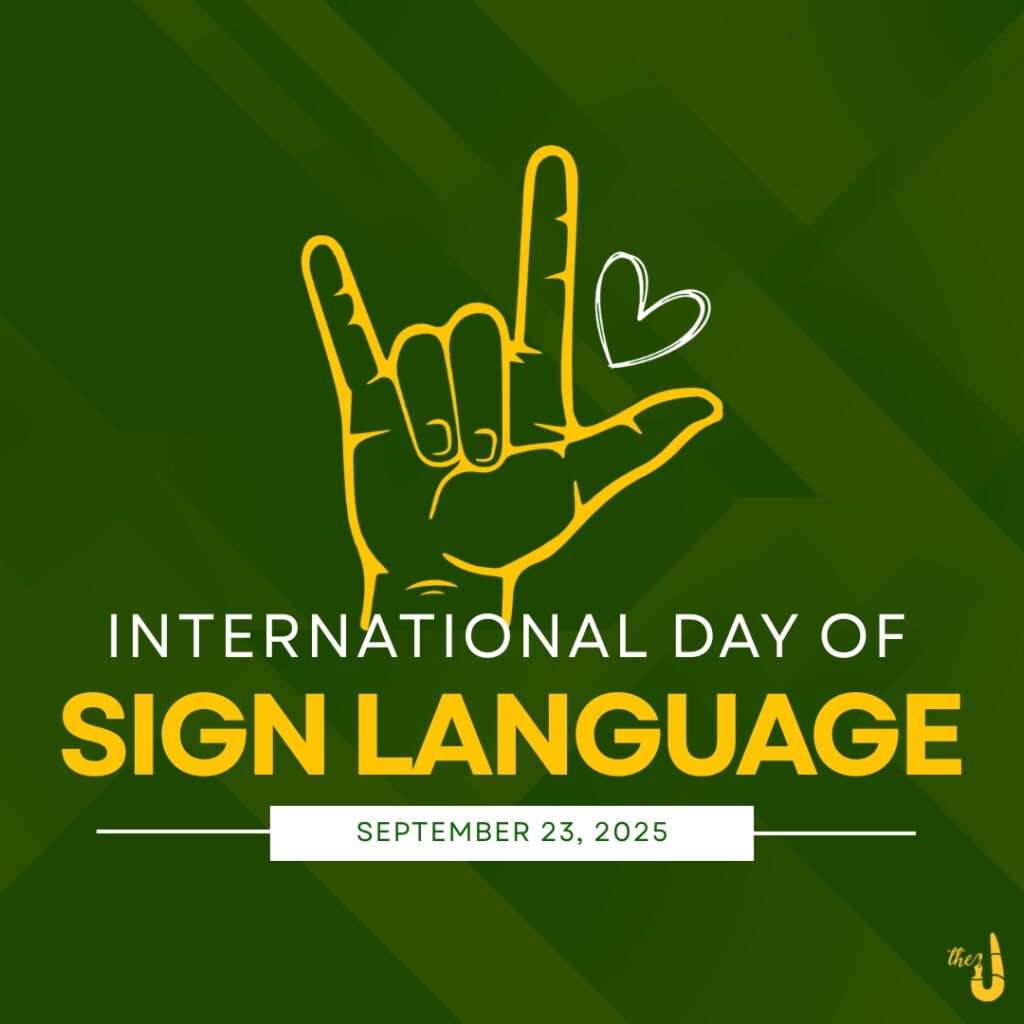With the number of languages you speak, is one of them sign language?
Six years ago, the UN General Assembly pronounced that the 23rd of September is treated as a celebration for the International Day of Sign Languages which partakes in the International Week of Deaf, from the 22nd to the 28th of the same month.
According to the World Federation of Deaf, there are more than 70 million deaf people worldwide. In scale, more than 80% of them live in developing countries.
In the founded association, the deaf people are the main group. But it encompasses subcategories such as the hard hearing people, CODAs (Children of Deaf Adults), their friends and families, and scholars who are eager to learn the sign language for both academic pursuits or personal interest.
One may think that sign languages are universal. In actuality, they are localised, having their own unique versions in their respective regions and countries, just like how spoken languages do. Common examples are the ASL (American Sign Language) and the BSL (British Sign Language) which are known to the public more than the others.
There are ongoing movements worldwide from organizations advocating for sign language to be included in the school curricula as a right for the deaf people and as a language option for the students, making sure that nobody gets left out.
Organizations and communities share a common goal in their advocacy that aims to highlight the significance of sign language across the world and strengthen the support system for the deaf community in the enjoyment of their rights as humans. This concludes that inclusivity, cultural diversity, and a pretension for equal rights for all should be observed and practiced.
To end with this year’s theme: “No human rights without sign language rights,” what can you help to promote and advocate for sign language, dear students?
#InternationalDayofSignLanguage
_____
Words: Ma. Contesa Ronariese Rufin | The Josephinian
Layout: Nykisha Tadena | The Josephinian




